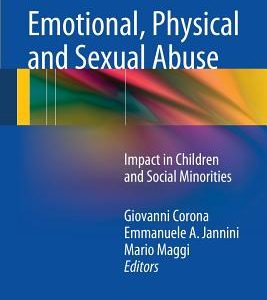Death Threats and Violence: New Research and Clinical Perspectives (2008)
$98.99
Description
Until recent decades, there was little emphasis on studying death threats as a social or psychological phenomenon. However, since the 1960s, attacks on public officials and celebrities and the ubiquitous nature of homicidal threats in face-to-face re- tions have spawned research and new organizational responses to death threats and related behaviors, such as stalking. Publicized workplace-related death threats and shootings, such as the 21 separate incidents since 1986 in which U.S. Postal Service employees were shot, and the death threats and attacks directed at schools and universities have helped to transform death threats from a private phenomenon into a social problem. Political leaders have developed new policies, organizational structures, and laws in an attempt to prevent death threats and related violence. Moreover, in the aftermath of 9/11, the U.S. government and other governments around the world have formulated new policies and organizational structures to deal with the threat of terrorist attacks. At the level of interpersonal relations, the weakening of social control processes allows individuals to make homicidal threats against people and organizations in different settings. This book will address such questions as, Under what conditions are individuals able to evade social control by making death threats? What factors trigger the response of social control mechanisms to death threat makers? How effective are the institutional responses to death threats? At the macrolevel, this book assesses how governments and paramilitary and terrorist groups also employ death threats to achieve their desired social and political objectives.
Author: Morewitz, Stephen J
Topic: Psychology
Media: Book
ISBN: 387766618
Language: English
Pages: 188
Additional information
| Weight | 0.91 lbs |
|---|---|
| Dimensions | 9.57 × 6.27 × 0.57 in |
















Reviews
There are no reviews yet.